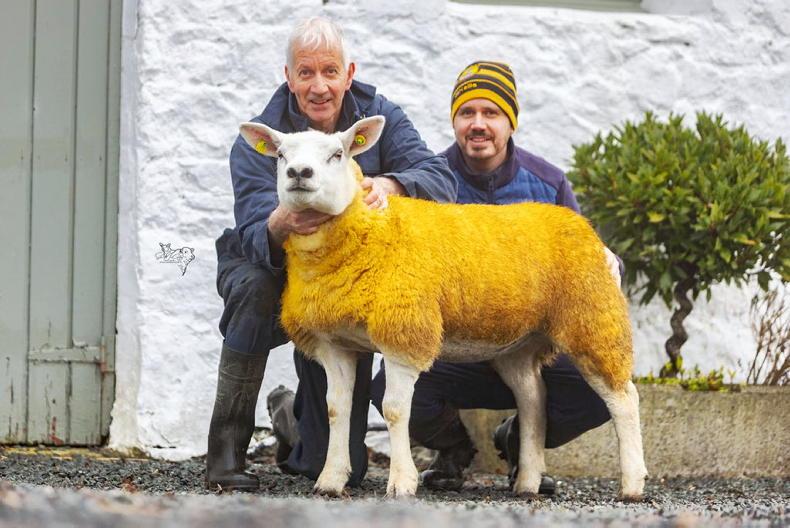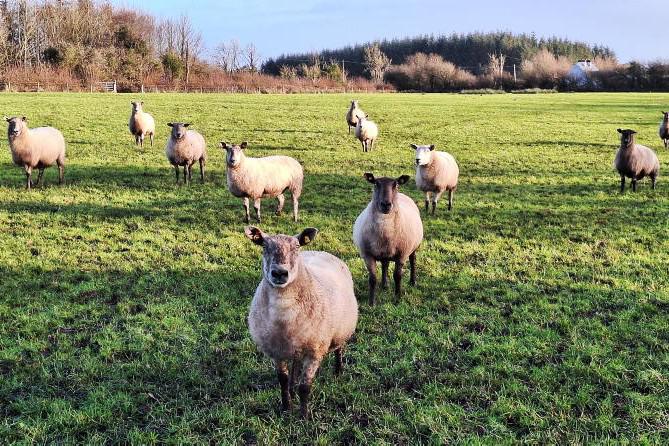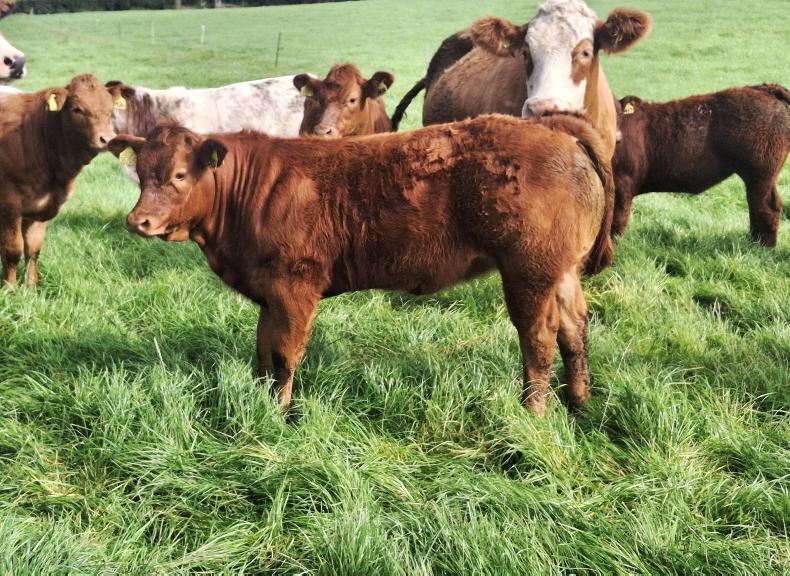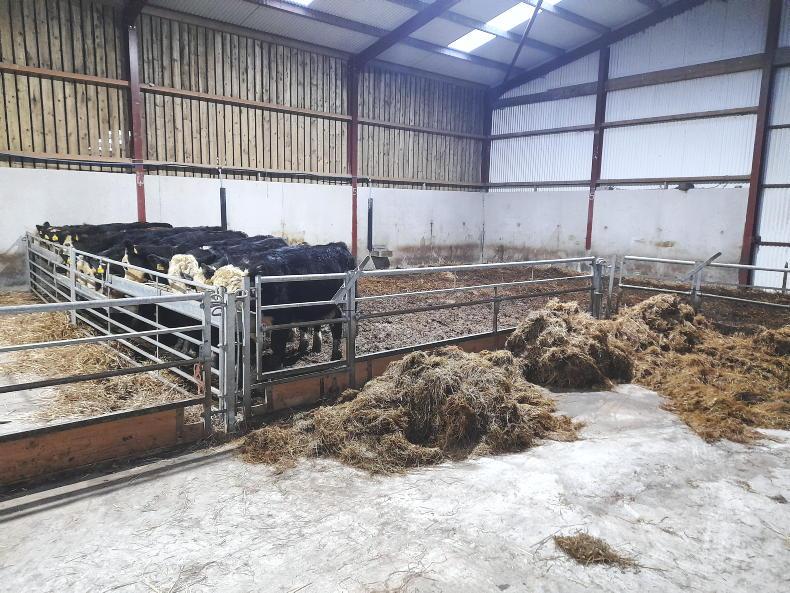Year three of the Sheep Improvement Scheme commenced on 1 January 2025. The category B action - Pregnancy Scanning and Recording of Results, is among the most popular actions selected by both lowland and hill sheep participants.
It requires that ewes are scanned, results recorded and ewes managed according to litter size in a manner that improves lamb survivability and reduces mortality at lambing.
Management practices are not prescriptive and as such farmers can decide what management practices they implement as long as they are delivering on action objectives. Before delving in to late pregnancy feeding plans it is important to touch on what records must be collected.
The Department of Agriculture released a help guide in mid-2024 which is designed to assist farmers in recording information and ensure payments are maximised. With regardsto the scanning action, the advice is to scan ewes between 70 and 100 days post ram turnout.
Scanning results must be recorded in the scheme action booklet. Table 1 details are taken from the guide to completing the scheme action booklet.
A copy of scanning results from the scanning operator who completed scanning must also be retained and made available upon request in the case of an inspection occurring.
Grouping ewes
The aim is to group ewes according to litter size to allow for targeted treatment. This does not mean that sheep must be grouped only on litter size.
For example, twin bearing ewes in below optimum body condition can be grouped with triplet bearing ewes for preferential treatment with the same going for single bearing ewes grouped with twin-bearing ewes.
The user guide states that any additional management post scanning and grouping such as meal feeding or additional hay/silage must be accurately recorded in your Scheme Action Record Book. This can be in Table 2 of the relevant section or the additional notes section. More detailed information can also be recorded in other places.
Energy requirements
While on the topic of late pregnancy feeding it is good to delve deeper in to feed requirements, especially in light of recent weather. Energy requirements can be expressed on a number of different systems including the UFL system and the metabolisable energy system.
Table 3 outlines the energy requirements of ewes in late pregnancy using the UFL system. The principle works off one UFL being equivalent to the energy contained in a kilo of air dry barley. An energy requirement of 0.8UFL could in theory be satisfied by 0.8kg of air dry barley.
Energy requirements remain static in early and mid-pregnancy, rising by 0.4UFL in late pregnancy. Table 4 details how energy requirements increase in late pregnancy while at the same time a ewe’s ability to consume dry matter is going in the opposite direction.
This is the reason there is so much importance put on forage quality and concentrate supplementation to meet any shortfall in intake. The recommendations are based on a 70kg ewe which is much lighter than many ewes on farms.
As detailed in the footnotes for Table 5, the energy requirement increases by approximately 0.1UFL for each 10kg increase in liveweight. While Table 6 shows the effect of forage quality on UFL values.
Typical feeding
The typical feeding programme which many farmers work from is the standard Teagasc feeding recommendations for a twin-bearing ewe as outlined in Table 5.
The general recommendation is that feeding levels can be reduced by 30% for single-bearing ewes and increased by 30% for twin-bearing ewes. This again does not account for ewe liveweight.
It is also important to consider protein requirement and as can be seen in Table 7 the protein requirement jumps in late pregnancy and early lactation.









SHARING OPTIONS